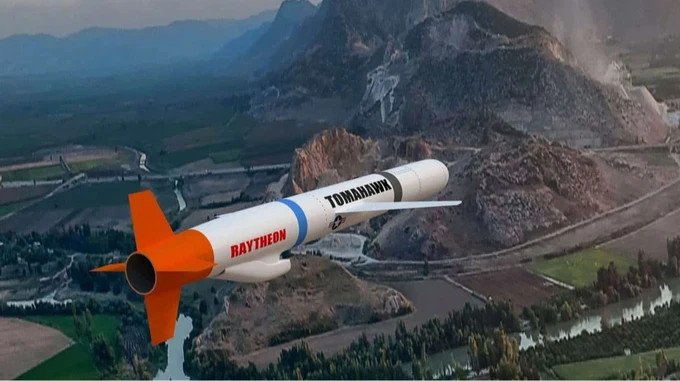In the lead-up to the Alaska summit on August 15, 2025, between U.S. President Donald Trump and Russian President Vladimir Putin, Russian information outlets intensified efforts to discredit Ukraine. These campaigns accuse Kyiv of allegedly violating international humanitarian law, seeking to weaken its standing with international partners. Russian disinformation reports highlighted these claims just days before the high-profile meeting.
Claims of Ukrainian attacks on Russian civilians
Pro-Russian media allege that Ukrainian forces targeted civilian populations in Russia and staged provocations with the support of Western media. Reports also suggest a concentration of Ukrainian special operations units along certain border areas, presenting these movements as a potential threat to Russian security.
FSB and Ministry of Defense narrative on missile threats
The FSB, in coordination with Russia’s Ministry of Defense, circulated information claiming the destruction of Ukrainian long-range Sapsan missiles. These reports allege that Ukraine planned strikes on Moscow, Minsk, and other strategic Russian targets, purportedly “authorized by NATO,” framing Kyiv as a state preparing aggressive actions.
Strategic goals of the disinformation campaign
Analysts note that these manipulations aim to reduce international support for Ukraine, label it as a terrorist state, and justify Moscow’s refusal to engage in peace initiatives, including potential ceasefire agreements. By shaping the narrative before the summit, Russia seeks to influence both global perception and diplomatic negotiations in its favor.
Implications for international diplomacy
The timing and intensity of the campaign underscore the strategic use of information warfare in shaping diplomatic outcomes. Experts warn that such disinformation could complicate efforts to maintain international unity in support of Ukraine and impact broader security arrangements in Europe.










